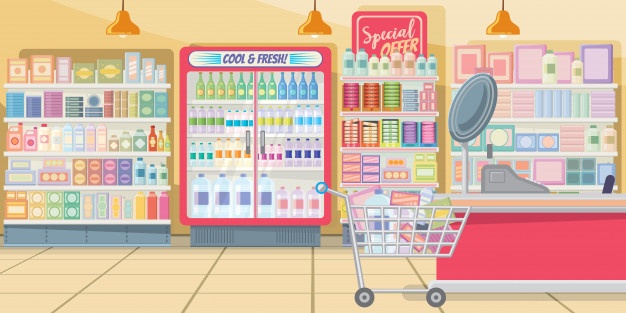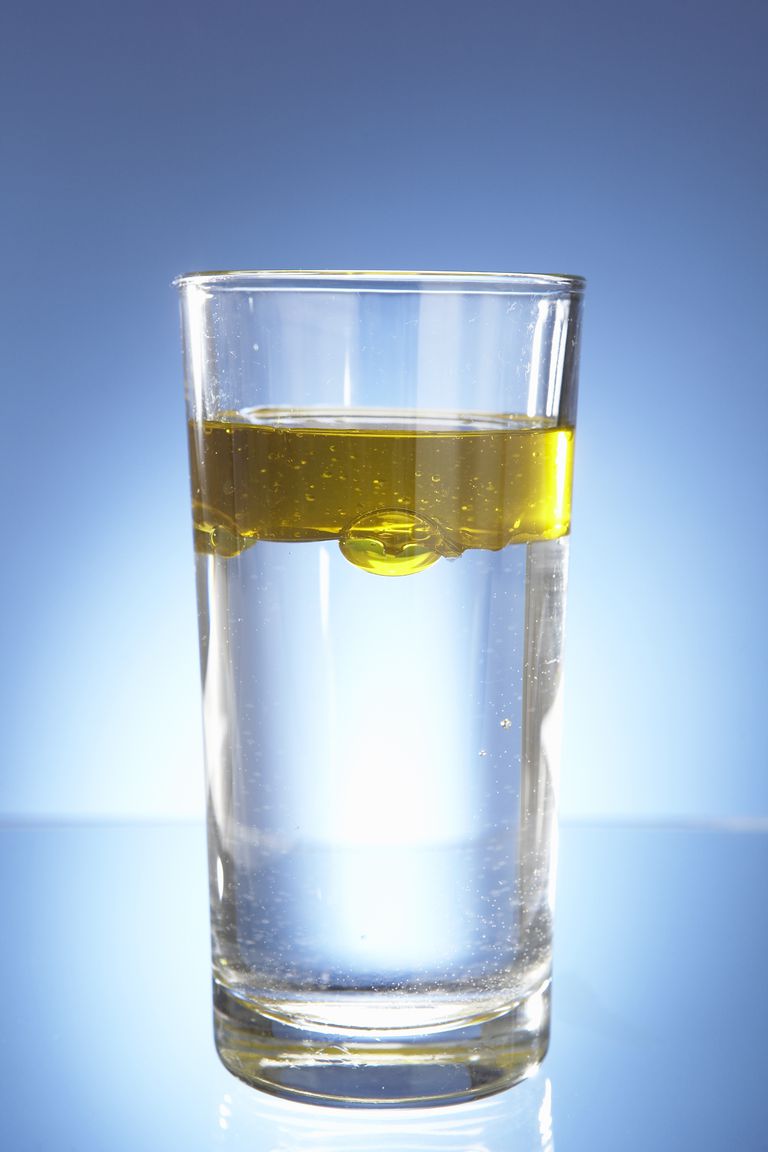
In our first part, we tried to give you a glimpse of the world of lecithin and told you how lecithin forms a substantial chunk of your body’s key organs like brain and liver. We also tried to crack the great mystery of why Melody is so ‘chocolaty’ after all. Today, we would like to focus on something that is very central to your life and even seems like a mini-battle now-a-days thanks to the Covid-19 lockdown.
Yes, we are talking about – shopping groceries!
Now imagine walking into a supermarket to do grocery shopping for your family. Imagine, because a supermarket visit seems like a privilege of an era gone by. So let’s start this amazing journey. You go around picking up the necessary food items for all – from your infant to the elder child to their grandparents, and finally your spouse and yourself.
You start with the most popular infant food, Nestle’s Nan Pro for your one-year old munchkin. Then you go on to buy Cadbury Bournvita because there are few other ways that can motivate your 5 year old kid to have milk every single day. Next up, you’ve got to buy your parents’ preferred chai time biscuits – Britannia Nutrichoice Digestive Biscuits, sometimes even sugar free.
Then you move on to buy your spouse’s beloved Lindt dark chocolate, some of which you’re sincerely hoping they will offer you to partake. Finally, you reach your favourite Ice-cream parlour and grab a handful of Magnum Belgian Chocolate ice-creams!
Now what’s common between these diverse food products?
Among others, an ingredient called as E322 as per international standards. That’s Lecithin for you. Let’s understand why it is used in the first place. Most food products listed above such as biscuits, chocolates, confectionaries, ice-creams and so on contain a good amount of milk as well as oil. Milk and oil by nature, don’t go hand in hand mainly because water is a large constituent of milk.
Remember the last time your friends smashed your face into your own birthday cake? Or when you used your hands to smudge your friend’s face with cake cream?
In the after party, you tried your best to remove the remnants of the cake from your face and hands. But damn, it just didn’t come off, no matter how hard you washed. The situation would be far worse if your hair were pasted with cream. Have you wondered why does this happen?
It happens because cakes contain greasy material such as butter or oil, which does not naturally mix with water. As a simple home experiment, try putting oil and water in a bottle, screw the lid and shake the bottle as hard as you can. A while later, oil starts floating on water in a separate layer. Now, add some liquid soap and repeat the experiment. You will see much more consistent mixture of oil and water, thanks to the liquid soap.

The soap here acts as a surfactant which is something that reduces the surface tension of a liquid in which it is dissolved. It's attracted to both water and oil, so when combined it kind of holds everything together in somewhat equal way. This is in essence an emulsion of oil and water.
Lecithin, much like soap is amphiphilic – that is, it is attracted to both water (hydrophilic) and fats (lipophilic) like oil and butter. It plays a crucial role in holding the otherwise repelling materials like oil and water together in one homogeneous solution. Plus, it is the most popular emulsifier as it is a natural product and a crucial health ingredient. We will explore how, in later parts.
Here, we take your leave. Wish you a week of good health ahead!
~ Lecilite Ingredients
 We shall go through the diverse aspects of lecithin in our weekly blog series. Stay tuned with us at Lecilite Ingredients and check our website lecilite.comto immerse into the fascinating world of Lecithin.
We shall go through the diverse aspects of lecithin in our weekly blog series. Stay tuned with us at Lecilite Ingredients and check our website lecilite.comto immerse into the fascinating world of Lecithin.
